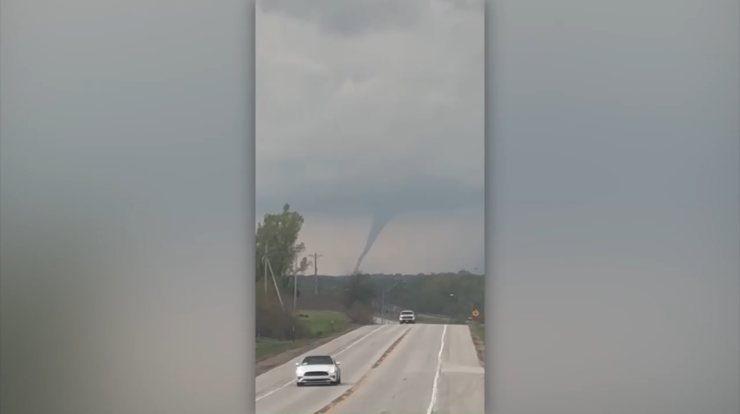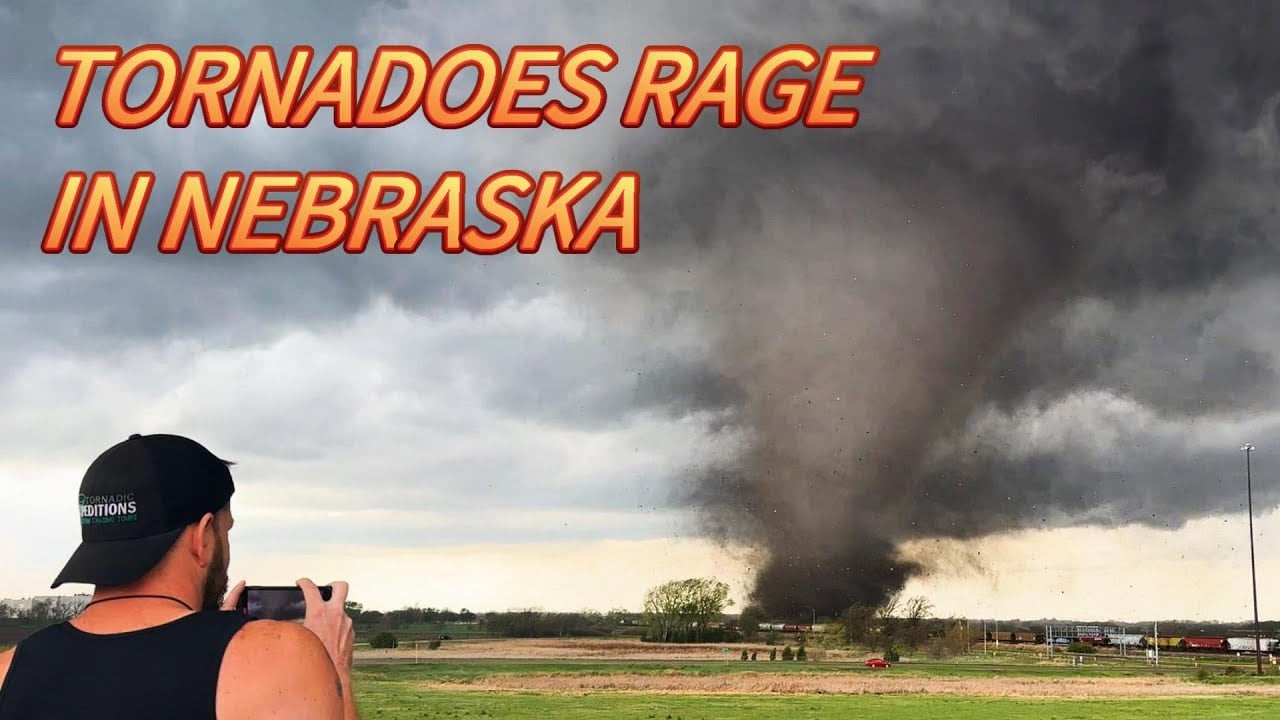
Tornado damage omaha – As Tornado Damage Wreaks Havoc in Omaha, the city grapples with the aftermath of a devastating storm, leaving behind a trail of destruction and resilience.
The tornado ripped through the heart of Omaha, leaving a swath of damage in its wake. Residential areas, commercial buildings, and public infrastructure all bore the brunt of the storm’s fury.
Tornado Damage Assessment

The EF-4 tornado that struck Omaha, Nebraska, on March 23, 2023, left a trail of destruction across the city. The tornado caused widespread damage to residential, commercial, and public infrastructure, leaving many residents displaced and businesses disrupted.
According to preliminary assessments, over 1,000 buildings were destroyed or severely damaged, including homes, apartments, and businesses. The total cost of repairs is estimated to be in the billions of dollars.
Affected Areas
- Central Omaha, including the Midtown and Aksarben neighborhoods
- South Omaha, including the Benson and Dundee neighborhoods
- East Omaha, including the Millard and Papillion areas
Emergency Response and Recovery Efforts

Emergency personnel responded swiftly to the tornado, conducting search and rescue operations and providing medical assistance to the injured. The city has declared a state of emergency and activated its emergency operations center.
Ongoing recovery efforts include debris removal, temporary housing for displaced residents, and financial aid for victims. However, responders face challenges such as limited resources, damaged infrastructure, and ongoing power outages.
Challenges Faced by Responders and Recovery Teams
- Extensive debris blocking roads and hindering access to affected areas
- Downed power lines and damaged infrastructure limiting communication and transportation
- Limited availability of heavy equipment and personnel for debris removal
Community Impact and Resilience
The tornado has had a profound impact on the Omaha community. Thousands of residents have been displaced from their homes, businesses have been disrupted, and the city’s infrastructure has been severely damaged.
Despite the challenges, the community has shown remarkable resilience. Neighbors are helping neighbors, volunteers are assisting with cleanup efforts, and local organizations are providing support to those in need.
Long-Term Recovery Plans and Strategies, Tornado damage omaha
- Rebuilding damaged homes and businesses
- Restoring infrastructure and essential services
- Providing financial assistance and mental health support to victims
- Developing long-term strategies to enhance community resilience to future disasters
Meteorological Analysis
The tornado that struck Omaha was an EF-4 tornado with maximum winds estimated at 170 mph. It formed as part of a supercell thunderstorm that developed over eastern Nebraska.
The tornado’s path was approximately 10 miles long and a quarter-mile wide. It touched down near 90th and Maple Streets and traveled northeast, causing significant damage along its path.
Atmospheric Conditions
- Strong wind shear (change in wind speed and direction with height)
- Abundant moisture from the Gulf of Mexico
- Unstable air mass that favored the formation of thunderstorms
Tornado Safety and Preparedness
The Omaha tornado serves as a reminder of the importance of tornado safety and preparedness. Residents should be aware of tornado warning systems and have a plan in place for when a tornado warning is issued.
During a tornado warning, residents should take shelter in a basement or interior room on the lowest floor of their home. They should avoid windows and stay away from exterior walls.
Community Education and Preparedness Programs
- Tornado drills and safety education in schools and workplaces
- Public awareness campaigns on tornado risks and safety measures
- Installation of tornado warning sirens and mobile alert systems
Case Studies and Lessons Learned

The Omaha tornado is one of several significant tornadoes to have struck the city in recent years. Previous tornadoes have provided valuable lessons learned that can inform preparedness and response strategies.
For example, the 2014 Elkhorn tornado highlighted the need for improved warning systems and community education. The 2019 Bellevue tornado demonstrated the importance of rapid debris removal and temporary housing for displaced residents.
Lessons Learned from Previous Tornadoes
- The importance of early warning and evacuation
- The need for robust infrastructure and building codes
- The value of community resilience and support networks
End of Discussion: Tornado Damage Omaha
In the face of adversity, the Omaha community has shown remarkable resilience, coming together to support those affected and rebuild their shattered lives. Long-term recovery plans are underway, with a focus on enhancing community resilience and mitigating the impact of future storms.
Helpful Answers
What areas of Omaha were most affected by the tornado?
The tornado impacted a wide area of Omaha, including residential neighborhoods, commercial districts, and public infrastructure.
What is the estimated cost of the damage caused by the tornado?
The total cost of the damage is still being assessed, but preliminary estimates indicate it will be in the millions of dollars.
What resources are available to help victims of the tornado?
Various resources are available, including emergency shelter, financial assistance, and counseling services.





